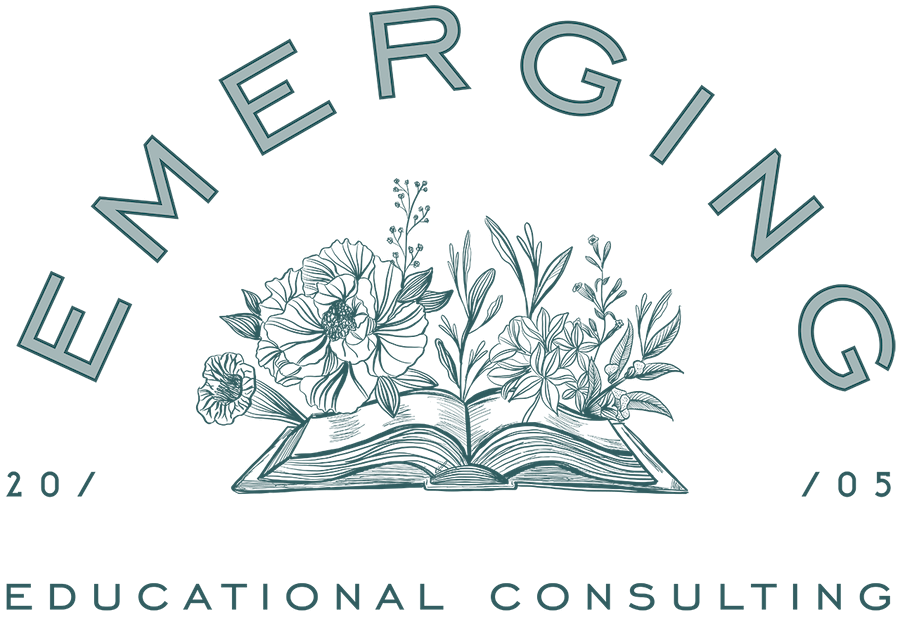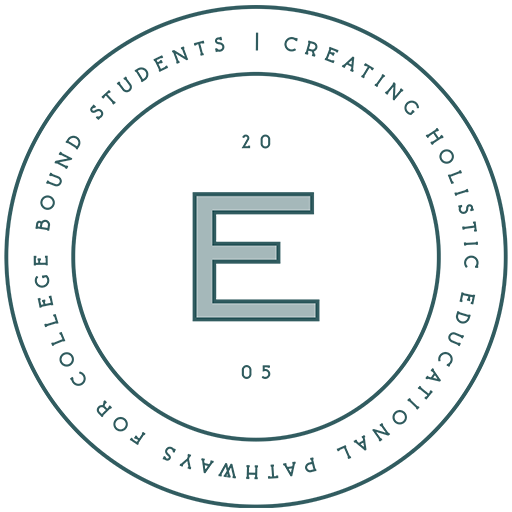The transition to college is a significant milestone marked by numerous changes for all students. For neurodiverse students, these changes can present unique challenges and possibilities.
At Emerging, we are frequently asked about the differences between IEPs, 504 plans, and the ADA. To ease the transition to college, we provide a 101 on these distinctions and their implications for students.
Did you know?
Moving from an Individualized Education Program (IEP) to a Section 504 Plan to the Americans with Disabilities Act (ADA) involves a transition in how students with disabilities receive accommodations and support in educational settings.
IEP (Individualized Education Program):
An IEP is a legally binding document created for students with disabilities in K-12 public schools in the United States.
It is designed to provide individualized support, including special education services, accommodations, and modifications, to help students access their education.
IEPs are typically for students who require specialized instruction due to a disability.
Section 504 Plan:
A Section 504 Plan is governed by Section 504 of the Rehabilitation Act of 1973, which prohibits discrimination based on disability.
It is broader in scope than an IEP and can apply to students in both public and private schools.
A 504 Plan provides accommodations and modifications to ensure students with disabilities have equal access to education and school-related activities.
Unlike an IEP, it doesn’t require specialized instruction but focuses on removing barriers to access.
ADA (Americans with Disabilities Act):
The ADA is a federal law prohibiting discrimination against individuals with disabilities in various aspects of public life, including education.
The ADA applies to all public and private schools, colleges, universities, and other institutions.
While the ADA itself doesn’t create education plans like the IEP or 504 Plan, it reinforces the requirement for reasonable accommodations to ensure equal access to educational opportunities.
Transitioning between these three stages typically occurs when a student’s needs change or they move from one educational level to another (e.g., high school to college). Here’s how the transition might work:
IEP to 504 Plan: If students’ needs become less intensive or no longer require specialized instruction, they may transition from an IEP to a 504 Plan. This transition involves a review of the student’s needs and the development of a new plan that focuses on accommodations and access rather than specialized instruction.
504 Plan to ADA: In some cases, students may no longer require a 504 Plan and can access education with reasonable accommodations under the ADA directly. This transition often occurs when students move on to college or other post-secondary settings.
It’s important to note that the specifics of this transition process can vary depending on the individual student’s needs and the educational institution’s policies. Consulting with the school’s special education department or a disability services office in a college or university is crucial to ensure a smooth transition and continued support as needed.
We believe that all students have the right to access higher education! Take a look at our College Application Guide for Neurodiverse Students for more application resources.
———–
Are you looking for more resources and information regarding the college application process for both parents and students? Join our complimentary Parent Community for tons of curated tips, relevant news articles, Live AMA Events, and so much more!
Check out our recent Growing Good Humans Podcast episode: Helping Your Teen Build Critical “Adulting” Skills Before College with Dr. Andrea Malkin Brenner
Laura Barr is a deeply experienced and passionate college consultant, founder of Emerging Educational Consulting, and creator of the Capstone Certification program. She is dedicated to helping families and professionals navigate the college application process with simplicity, deliberation, and joy. Want to learn more about our services? Tell us your story!




